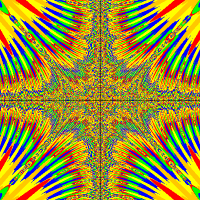Hi!
I have made a "TextBox" actor class to show up different texts.
When I do this in the background (world class) constructor:
TextBox turnBox = new TextBox("Turn: X");
addObject(turnBox, 197, 20);
turnBox.makeImage("test");
The text box shows up fine with the right text, but when I try this from another object:
turnBox.makeImage("textTest");
it doesn't work ("cannot find symbol - variable turnBox").
Why is this? The object is there. Do I have to make the compiler "see it" somehow in the object calling it?






